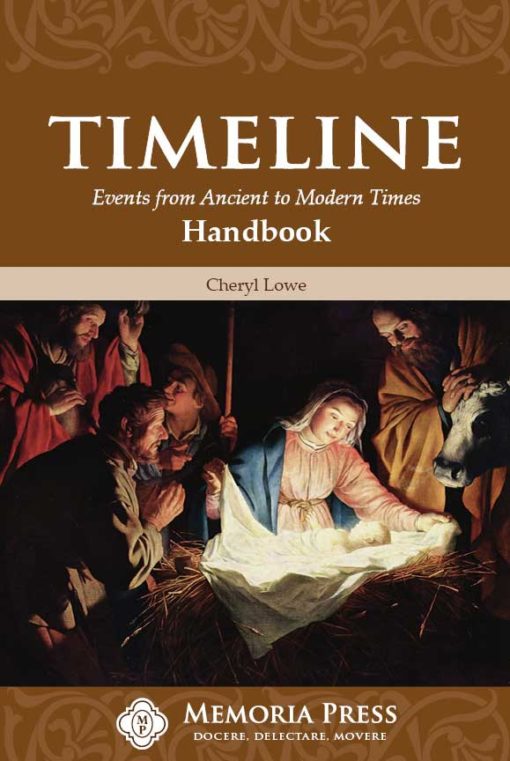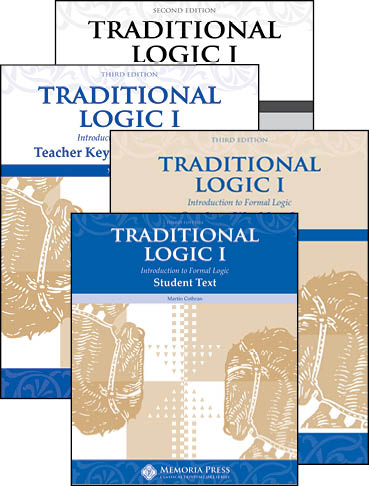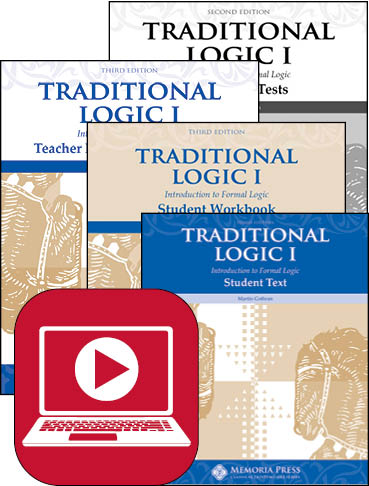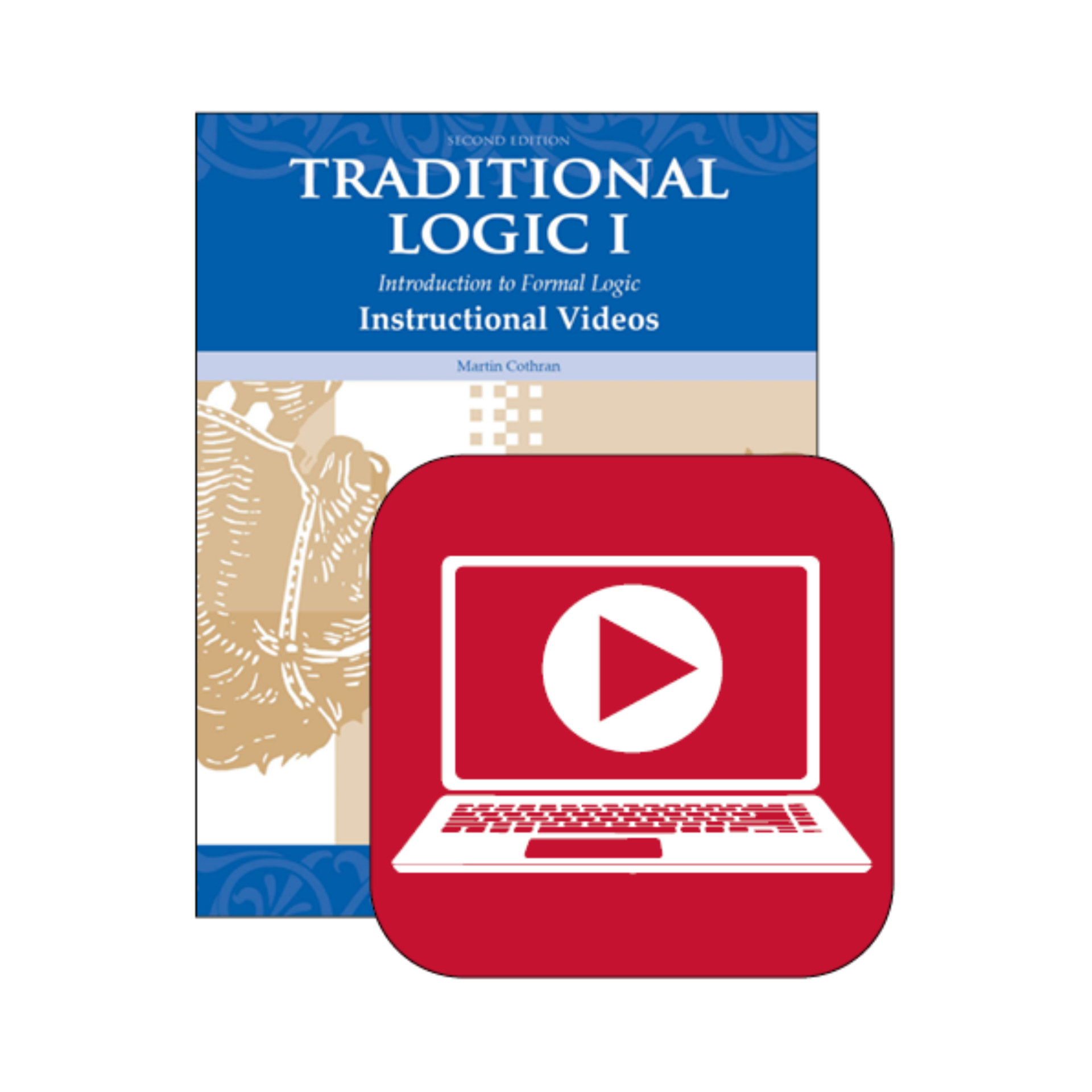-
Students will master a total of 60 events over the course of four years (3rd-6th grades). History is a very unsystematic subject, and time is very abstract. Students need a timeline that they memorize, build on, and recite every year.in 3rd GradeSku: 9781615382231
Timeline – Composition and Sketchbook
By: Cheryl Lowe$16.50 -
Included are 12 cards each for Bible history, Roman history, events of the Middle Ages, American history, and Ancient Greek history.in 3rd GradeSku: 9781615382200
Timeline – Flashcards
By: Memoria Press$20.50 -
The Timeline Handbook includes teaching guidelines, charts of the dates studied by grade and by time period, and summaries of each event to help students complete their Composition & Sketchbook.in 3rd GradeSku: 9781615382248
Timeline – Handbook
By: Cheryl Lowe$16.50 -
-0%Students will master a total of 60 events over the course of four years (3rd-6th grades). History is a very unsystematic subject, and time is very abstract. Students need a timeline that they memorize, build on, and recite every year.in 3rd Grade
Timeline – Program
By:From:$75.45Original price was: $75.45.$67.91Current price is: $67.91. -
Included are 12 cards each for Bible history, Roman history, events of the Middle Ages, American history, and Ancient Greek history.in 3rd GradeSku: 9781615382194
Timeline – Wall Cards
By: Memoria Press$21.95 -
Discover a resource that will become a treasure to your family! Created to save planning time and research, this chronological index of classic world literature reveals a panoramic view of world history. Created to save planning time and research, this chronological index of classic world literature reveals a panoramic view of world history. Includes instruction for Reader-Response Journaling, enabling students to outline each chapter they read to strengthen comprehension, develop discernment, and experience the wonder of classic literature. Useful for students of all ages, this guide will complement many curricula and teaching styles.in 10th GradeSku: 9781623412456
Timeline of Classics: Historical Context for the Good and Great Books
By: Ledbetter, Gail$39.50 -
The Spanish for Children Primer A Program teaches upper-elementary students this dynamic language using the pedagogy and structure of Classical Academic Press' popular Latin for Children series combined with immersion-style dialogues and vocabulary.in 3rd GradeSku: 9781600510991
Tin Bot: Spanish Language Reader
By: Kraut, Julia Durrell, Grant$16.50 -
Winner of the Pulitzer Prize, Harper Lees’s To Kill A Mockingbird is a masterwork of honor and injustice in the deep South—and the heroism of one man in the face of blind and violent hatred.in 10th GradeSku: 9781615388196
To Kill a Mockingbird – Student Guide
By: David M. Wright$18.95 -
To better assist your student, To Kill A Mockingbird Teacher Guide provides all answers to questions in the Student Study Guide (sold separately) and all test and quizzes (downloadable).in 10th GradeSku: 9781615388202
To Kill a Mockingbird – Teacher Manual
By: David M. Wright$18.95 -
-0%One of the best-loved stories of all time, To Kill a Mockingbird is a gripping, heart-wrenching, and wholly remarkable tale of coming-of-age in a South poisoned by virulent prejudice, it views a world of great beauty and savage inequities through the eyes of a young girl, as her father—a crusading local lawyer—risks everything to defend a black man unjustly accused of a terrible crime.”in 10th Grade
To Kill a Mockingbird Set
By: Harper Lee$58.90Original price was: $58.90.$53.02Current price is: $53.02. -
As students learn a writing tool, they add that information to their “portable wall” and create an instant writing station on their desk. Here’s a “portable wall” for your primary student! Your students apply stickers to their folders as they build on their experience and understanding of writing with structure and style. Order one for each student.in 1st GradeSku: 9781623411701
Tools for Young Writers
By: Perez, Carla MA. Ed.$25.95 -
-0%The Traditional Logic program is an in-depth study of the classical syllogism. In Book I, students will gain a basic understanding of terms, statements, and simple categorical arguments.in 10th Grade
Traditional Logic I – Basic Set (3rd Editions)
By: Cothran, Martin$72.90Original price was: $72.90.$61.98Current price is: $61.98. -
-0%A logic course for all ages but designed for use as young as 7th grade, Traditional Logic is an in-depth study of the classical syllogism. Along with a basic understanding of the Christian theory of knowledge, the text presents the four kinds of logical statements, the four ways propositions can be opposed, the three ways which they can be equivalent, and the seven rules for the validity of syllogisms.in 10th Grade
Traditional Logic I – Complete Set
By: Cothran, Martin$148.85Original price was: $148.85.$130.34Current price is: $130.34.By: Cothran, Martin$148.85Original price was: $148.85.$130.34Current price is: $130.34. Add to cart -
Used along with the Traditional Logic text, your Instructional Videos will enable you to bring a master logic teacher anywhere you have internet access. Mr. Cothran covers every important aspect of the book—explaining difficult concepts and illustrating important ideas along the way. *This product does not include the Student Workbook.in 10th GradeSku: 405DV-LK
Traditional Logic I – Instructional Videos (Online Streaming)(Second Edition)
By: Martin Cothran$75.95 -
This book contains Quizzes and Tests for the Traditional Logic I by Martin Cothran. The answers are contained in Teacher Key (sold separately).in 10th GradeSku: 9781615381043
Traditional Logic I – Quizzes & Tests (Second Edition)
By: Martin Cothran$8.50 -
The Traditional Logic I Text includes a note to the teacher, a general introduction, 13 chapters, a review chapter, a glossary of terms, and a list of important people to remember.in 10th GradeSku: 9781615388769
Traditional Logic I – Student Text (Third Edition)
By: Martin Cothran$21.95
Grade
Shop our products by Grade.


















 No products in the cart.
No products in the cart.